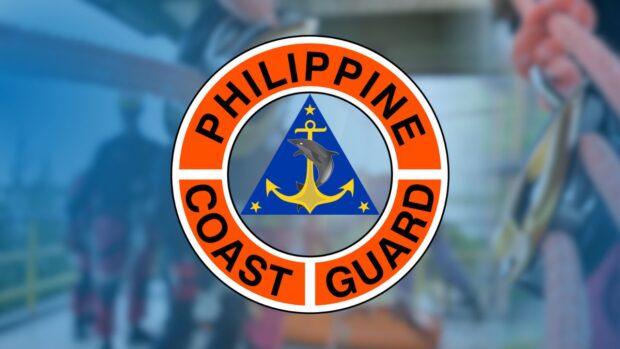PCG-led interagency maritime exercise kicks off in Manila Bay

Philippine Coast Guard logo
MANILA, Philippines — The interagency maritime exercise led by the Philippine Coast Guard (PCG) kicked off on Friday in Manila Bay.
PCG said the maritime exercise scenario included illegal drug trafficking, goods smuggling, human trafficking, and responding to fire at sea.
Several PCG assets such as the 97-meter multi-role response vessel, BRP Melchora Aquino, BRP Malapascua, BRP Boracay and a Coast Guard Aviation Force helicopter were used in the inter-agency capacity-building initiative.
This initiative aims to bolster the National Coast Watch Center (NCWC) as well and support agencies’ interoperability which would improve their capabilities to detect, identify, and interdict maritime threats within the county’s waters, according to NCWC Director and PCG’s Maritime Security Law Enforcement Commander Vice Admiral Roy Echeverria.
“This is very beneficial, not only to the PCG but to all agencies, because sometimes we get information that is not of our concern,” Echeverria said in a chance interview.
Article continues after this advertisement“That is why we’re trying to address the gaps … Law enforcement function is, of course, a very broad spectrum and each agency has different protocols, different doctrines, SOPs (standard operating procedures) so sometimes you find information that is not within your mandate, so it’s good to pass it to the concerned agency real-time,” he added.
Article continues after this advertisementThe Philippine National Police and the Armed Forces of the Philippines also deployed their personnel for the exercise.
The exercise was also joined by government bureaus including the Bureau of Quarantine, Bureau of Immigration, Bureau of Fisheries and Aquatic Resources, Bureau of Customs, as well as the Philippine Drug Enforcement Agency.
Participating agencies also tested the Indian Ocean Regional Information Sharing (IORIS) & Incident Management Network, which served as a secured communications platform for interagency planning and coordination when responding to incidents.
This community platform was provided by the European Union (EU), according to Echeverria.
“The EU provided us today a common communications platform that is secured and seamless, that can be used by every agency to, of course, share information and intelligence,” he said. — Juan Miguel Talens, trainee